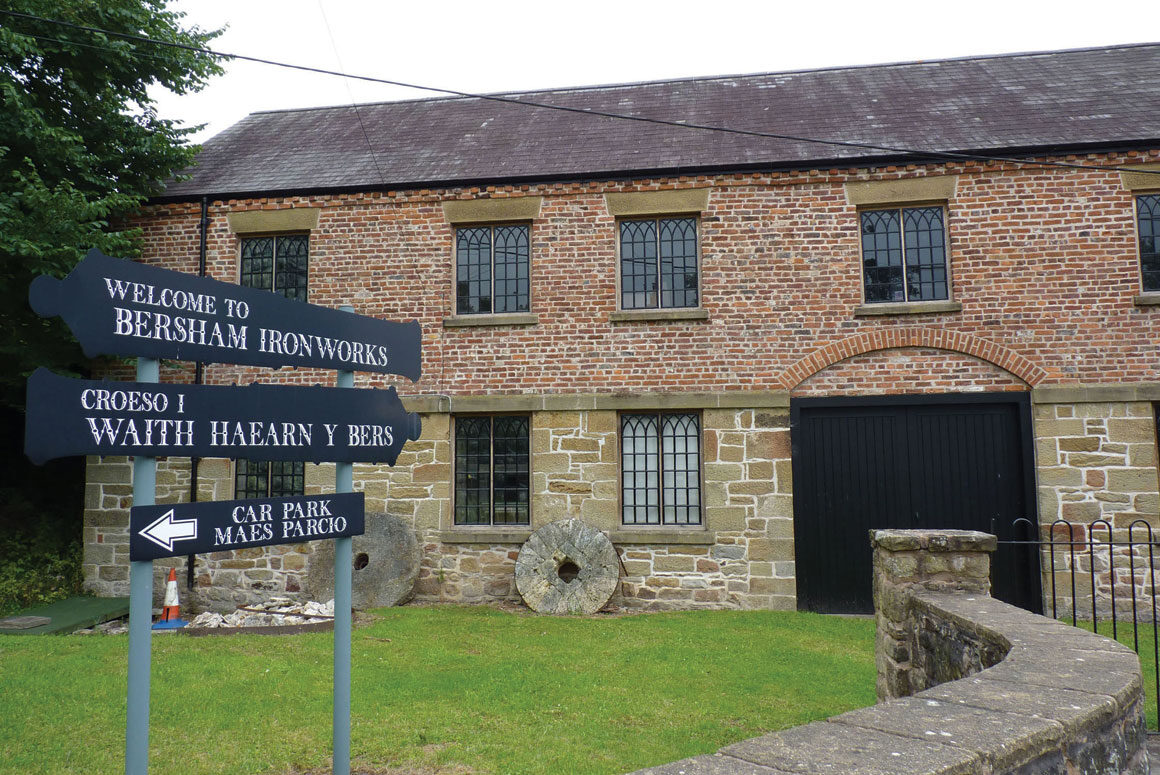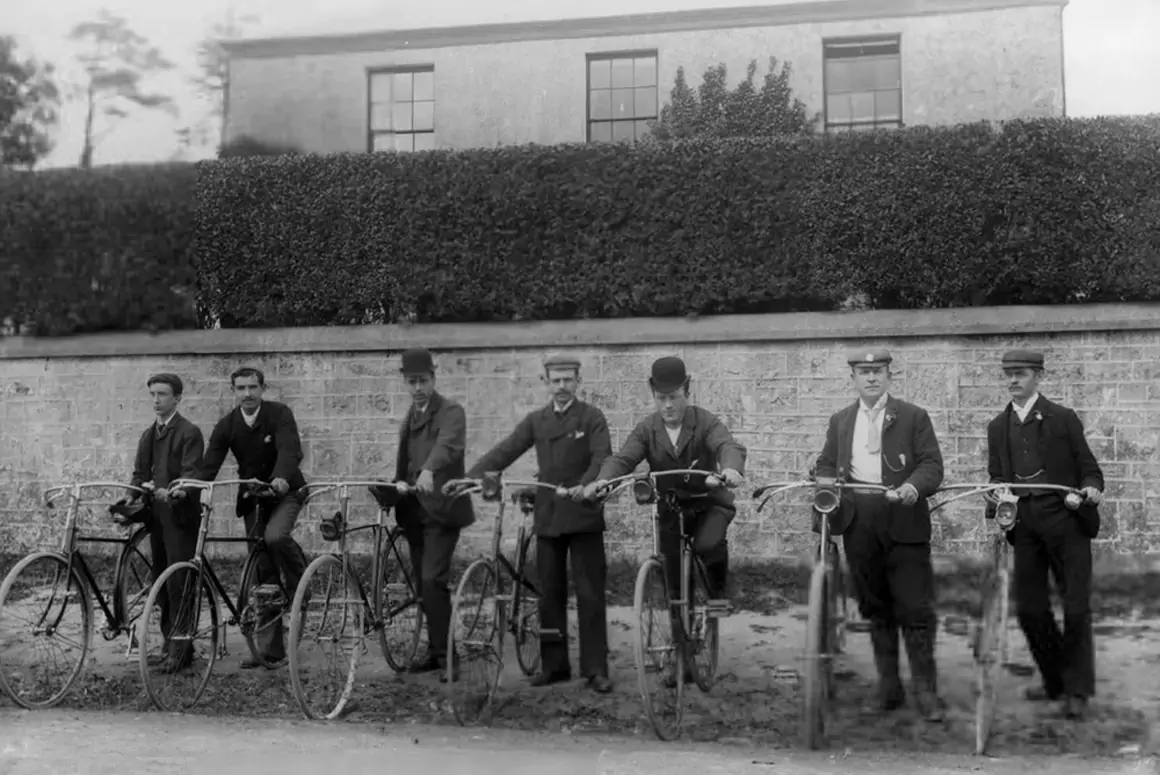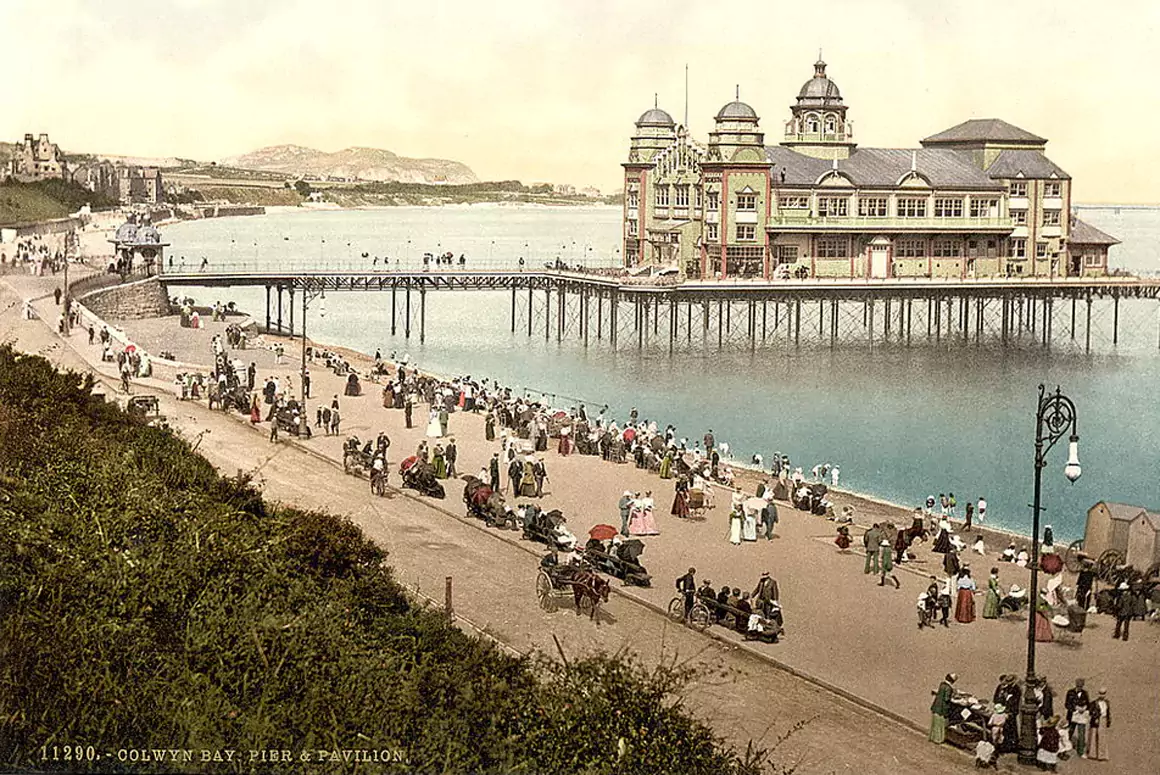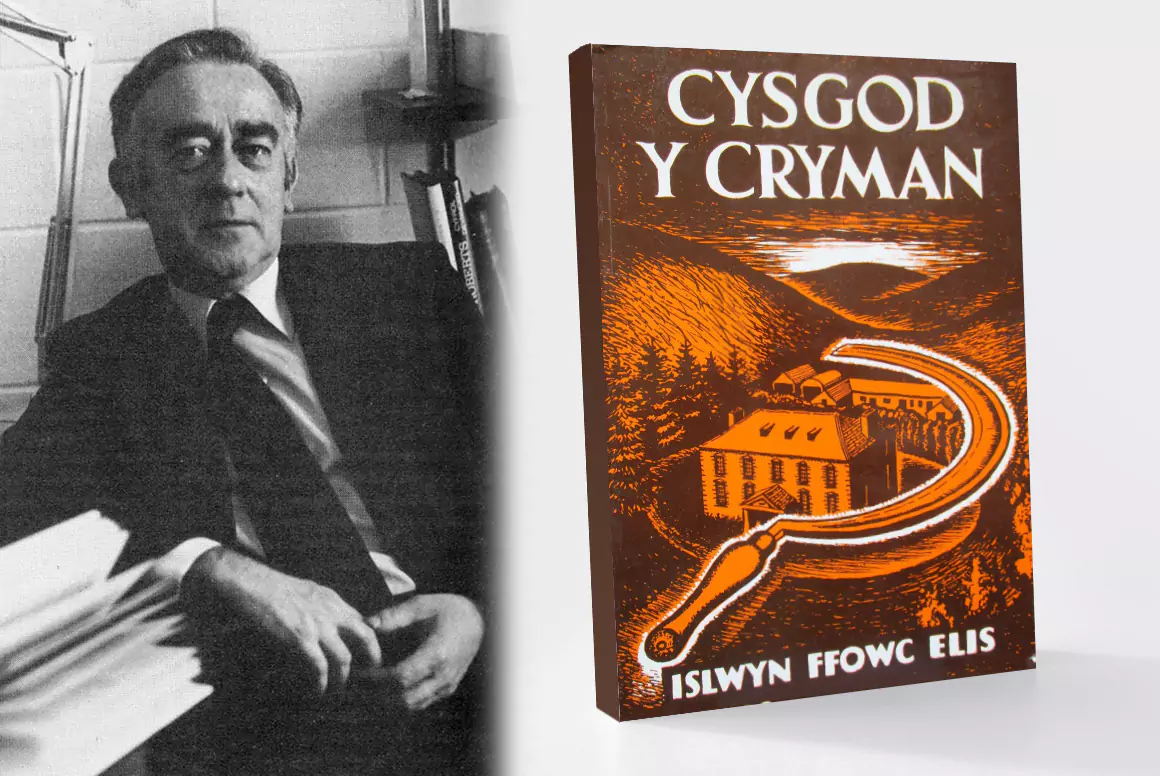![]()
Boasting famous benefactors, iconic landmarks and ground breaking industry, Wrexham really does have a rich and vibrant heritage, Karen Foy finds out more.
Wrexham – the principle town in the county borough of the same name, commands a privileged spot in the borderlands of north Wales. From here you can easily travel deep into the Welsh countryside, the lower Dee Valley or experience city life in the old Roman metropolis of Chester.
Despite the 1995 discovery of a small Roman settlement with field boundaries and a corn mill which formed part of a working farmstead, Wrexham really began to flourish from the 12th century onwards. Land was given over to create Valle Crucis Abbey in nearby Llangollen which brought about the division of the area into Wrexham Abbott – belonging to the Abbey – and Wrexham Regis – under the control of the King.
Its location provided the perfect meeting place for people from both Clwyd and Cheshire and in 1391, Wrexham was granted permission to hold a yearly fair where produce and other goods were bought and sold, marking the early beginnings of its history with trade and industry.
Creative Commerce…
During the 17th century, wool was one of Wrexham’s staple commodities. The wool was cleaned and then thickened by pounding it through a water and earthen clay mixture – a procedure known as ‘Fulling’. It was then laid out to dry in preparation for colouring with natural plant and animal dyes before being woven into garments and other items.
By the 18th century, the area became known for its leather trade with a whole host of tanners, skinners and curriers setting up workshops and making a decent living in this bustling centre of industry. Not only was the hide of the animal put to good use but the horns of cattle were crafted into buttons, combs, walking stick handles, crooks and other fancy goods.
The Industrial Revolution brought its own changes. In 1762, John Wilkinson (1728 – 1808) opened the Bersham Iron Foundry, its success leading to the establishment of his smelting plant at nearby Brymbo in 1793.

John – known as ‘Iron Mad Wilkinson’- developed the product to make everything from water pipes to oven doors. His creation of a machine for boring straight holes in cannons enabling them to fire straighter and further, brought orders from the Army, Navy, East India Company and North America, whilst joining forces with inventor James Watt allowed them to manufacture accurate cylinders for his steam engines. His fascination with iron saw him become a major force behind the construction of the world’s first iron bridge which crossed the River Severn at Coalbrookdale, and in 1787 he even launched the first iron barge.
John died a wealthy man in 1808 and in keeping with his obsession, was buried in an iron coffin!
Today, very few of the original ironworks buildings have survived but those that do include Mill Farmhouse, believed to be the Accounts House where a cast iron safe still remains within it; an octagonal building by the roadside thought to have been the cannon foundry in 1775, and Bunker’s Hill cottages – three of a row of thirteen – built to house Wilkinson’s employees. These, along with a small number of others can be seen within a short distance of the Bersham Heritage Centre which is also the base for the eight mile Clywedog Trail that links many of the industrial sites of the Clywedog Valley, including the Minera Lead Mines and Engine House, where you can even try your hand at panning for lead like the early prospectors.

Such was Wrexham’s capacity for combining its natural resources with the growing industrial technology that its population of 2500 in 1800 would quadruple in size within 80 years.
Lasting Legacies…

But Wrexham life was not all about hard work and long hours and in 1848 the town founded its own newspaper allowing social news, entertainment and announcements to be broadcast to the local residents.
The array of public houses and inns brought about the founding of a number of entrepreneurial breweries who competed with each other for trade. Albion, Eagle, Soames and Cambrian were just some of the nineteen breweries which were in operation in the town giving rise to the quote, ‘Wrexham beer is made from mashed sheet music and boxing gloves, for it makes one either sing or fight’. The chimney of the Soames Brewery is still a recognisable landmark. Built in 1894 in the red brick associated with this area’s brickworks, the chimney was rescued by Dr John Marek in 1990 to save it from demolition – it is now Grade II listed and preserved as part of Wrexham’s heritage.
Faith and Education…
Dominating the town is St Giles – considered to be the greatest medieval parish church in Wales. Completed in 1506, its Great Tower stands at 135 feet high and contains a peal of ten bells, cast by illustrious bell founder, Abraham Rudhall in 1726.
Inside, stands the ornately sculpted and inscribed brass eagle lectern which is only one of forty surviving in Britain from the pre-reformation period and above the arch of the east wall is the ancient ‘Doom’ painting, lost for centuries and believed to have been painted in the 16th Century.
Illuminated by numerous stained glass windows, one is attributed to artist, Edward Burne Jones, whilst a modern celebration of the town’s historic links with the Royal Welch Fusiliers is depicted in a vibrant commemorative window created in 1989. But it is within the churchyard that the tomb of its most charitable benefactor lies.
Born in Massachusetts on the 5th April 1649, Elihu Yale was the second son of wealthy Boston Merchant, David Yale and his wife Ursula. The family moved to Britain when Elihu was very young where his great grandfather had bought the Plas Grono estate (now part of the Erddig estate) near Wrexham. Elihu received a good education and after joining his father’s firm, served with the East India Company as a clerk. He enjoyed his job and in 1671, travelled to Madras, India where he was to remain for 27 years. By 1684, he was appointed Acting Governor of Fort St George, a difficult and demanding position at this important trading post.
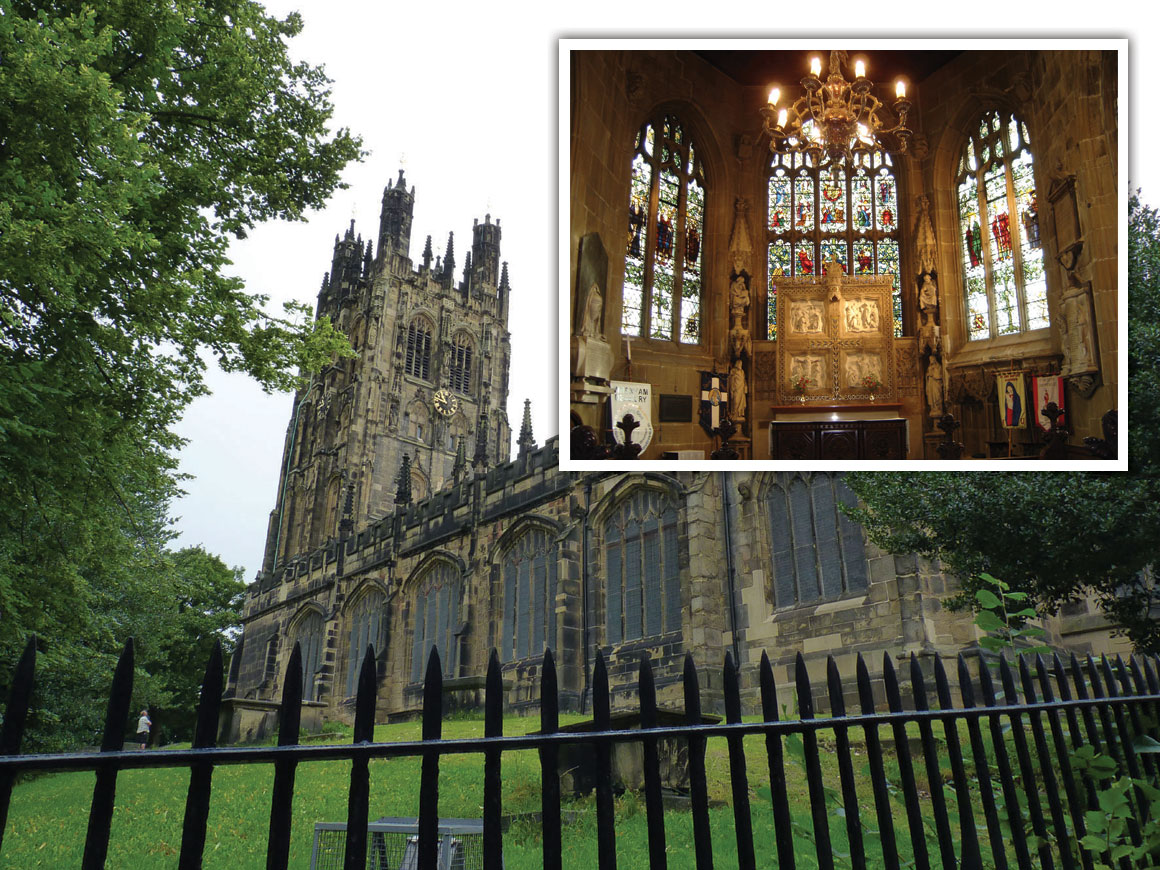
The East India Company was known for paying small salaries and the wage of a Governor was not much better at £100 per year but it was expected that employees would make extra money from trading privately with the natives. Elihu was very successful and, despite some complaints from his rivals, he amassed a large fortune.

News of his wealth brought a request for him to donate financial support for a school in Saybrook, Connecticut; in return, the school would be named in his honour. Elihu agreed and his generous gift also included 417 books and a portrait of King George I. When the school moved to New Haven in 1718, it became known as Yale College.
Upon his return to Britain he set up home at Plas Grono where he enjoyed magnificent views over the town of Wrexham and the Church of St Giles. It was here that his father David had been a Church Warden and when Elihu became a benefactor, the Church gave him permission to erect a gallery, firstly on the east side of the nave and later on the west. In return, he helped re-flag and re-rail the alter space, renew and renovate the alter table, pulpit and clock dial and become patron of St Giles.
Elihu Yale died in London on the 8th of July 1721. He even wrote his own epitaph detailing the key events and accomplishments that had taken place during his lifetime which is inscribed on his Wrexham tomb.
Born in America, in Europe bred
In Africa travell’d and in Asia wed
Where long he liv’d and thriv’d in London dead
Much good some ill, he did, so hope all’s even
And that his soul thro mercy’s gone to heaven
You that survive and read this tale take care
For this most certain exit to prepare
Where blest in peace the actions of the just
Smell sweet and blossom in the silent dust.
With an intriguing story to tell around each and every corner, ‘wander around Wrexham’ for a really fascinating day out.


